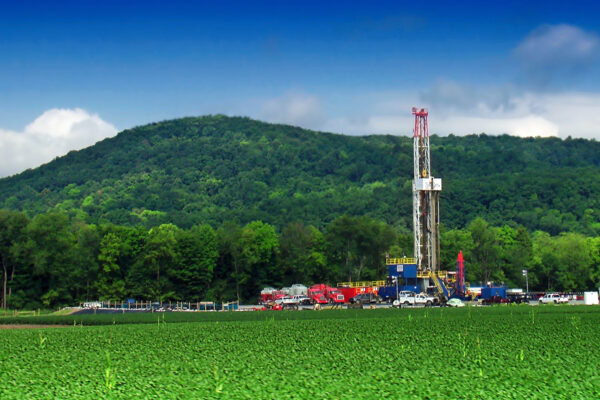
The Republican Party’s presidential candidate Mitt Romney last month unveiled a plan to achieve North American energy independence in 2020. “This is not some pie in the sky kind of thing,” Romney told voters in New Mexico. “This is a real achievable objective.”
He may be right.
The United States Energy Information Administration estimates that by the end of this decade, nearly half of the crude oil that Americans consume will be produced domestically. By the 2020s, the United States could well export more oil than they import
American natural gas reserves are already the highest in recent history at three hundred trillion cubic feet. The gas production rate, expected to average 69 billion cubic feet per day this year, is also the highest ever. Americans consume about 28 trillion cubic feet of gas per year.
The EIA points to recent successes in shale gas exploitation as a “game changer” for the industry.
The proliferation of activity into new shale plays has increased dry shale gas production in the United States from .39 trillion cubic feet in 2000 to 4.8 trillion cubic feet in 2010 or 23 percent of American dry gas production. Wet shale gas reserves have increased to about 60.64 trillion cubic feet by year end 2009, when they comprised about 21 percent of overall American natural gas reserves, now at the highest level since 1971.
The agency puts technically recoverable shale gas resources at 862 trillion cubic feet, 34 percent of total gas reserves. By 2035, shale could account for nearly half of American natural gas production.
The Canadians, who consume less than six trillion cubic feet of gas per year, sit on 62 trillion cubic feet of proven gas reserves but are estimated to have up to 388 trillion cubic feet of shale gas resources. Mexico’s shale gas reserve could be nearly double that figure.
Canada was estimated to possess the equivalent of 179 billion barrels of oil reserves in 2007, 95 percent of which is situated in the tar sands of Alberta. Daily production in the province of 1.5 million barrels is expected to more than double in the next fifteen years.
If these trends persist, the three North American powers could be independent of oil and natural imports in a generation and become net exporters.
